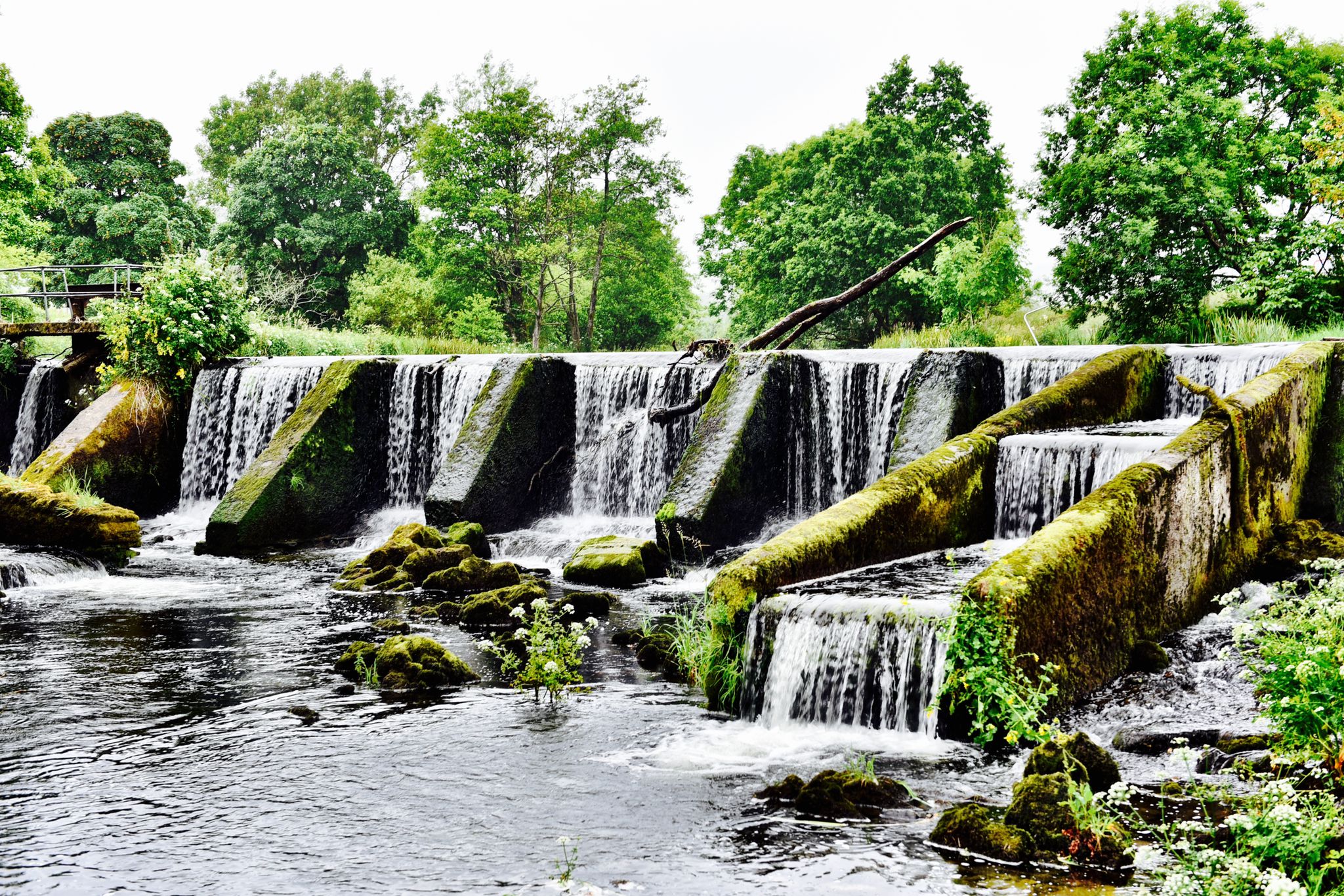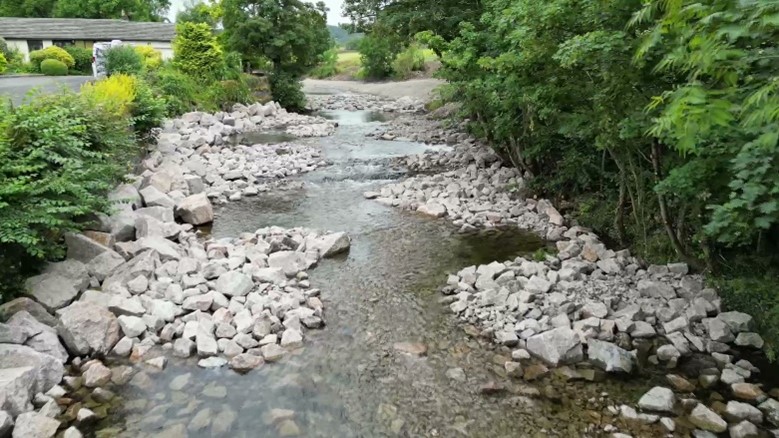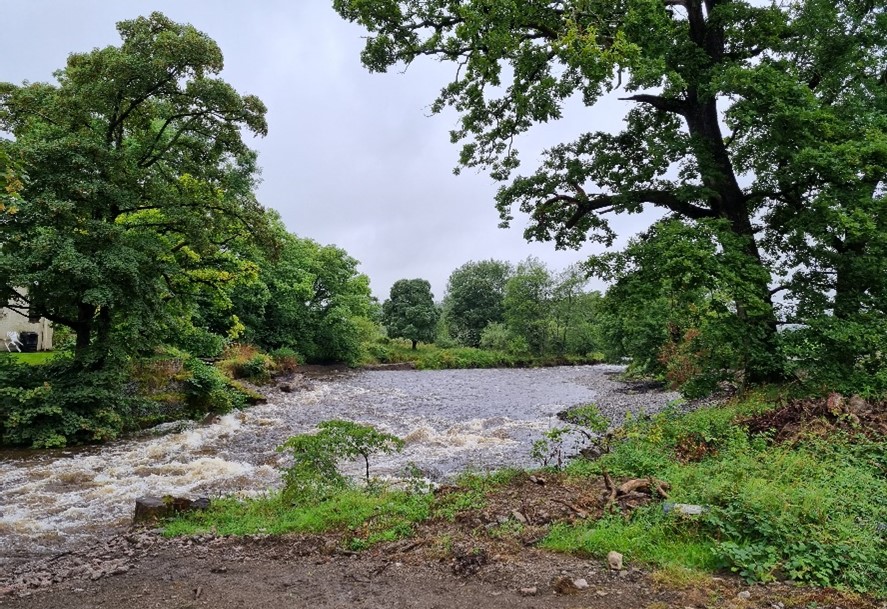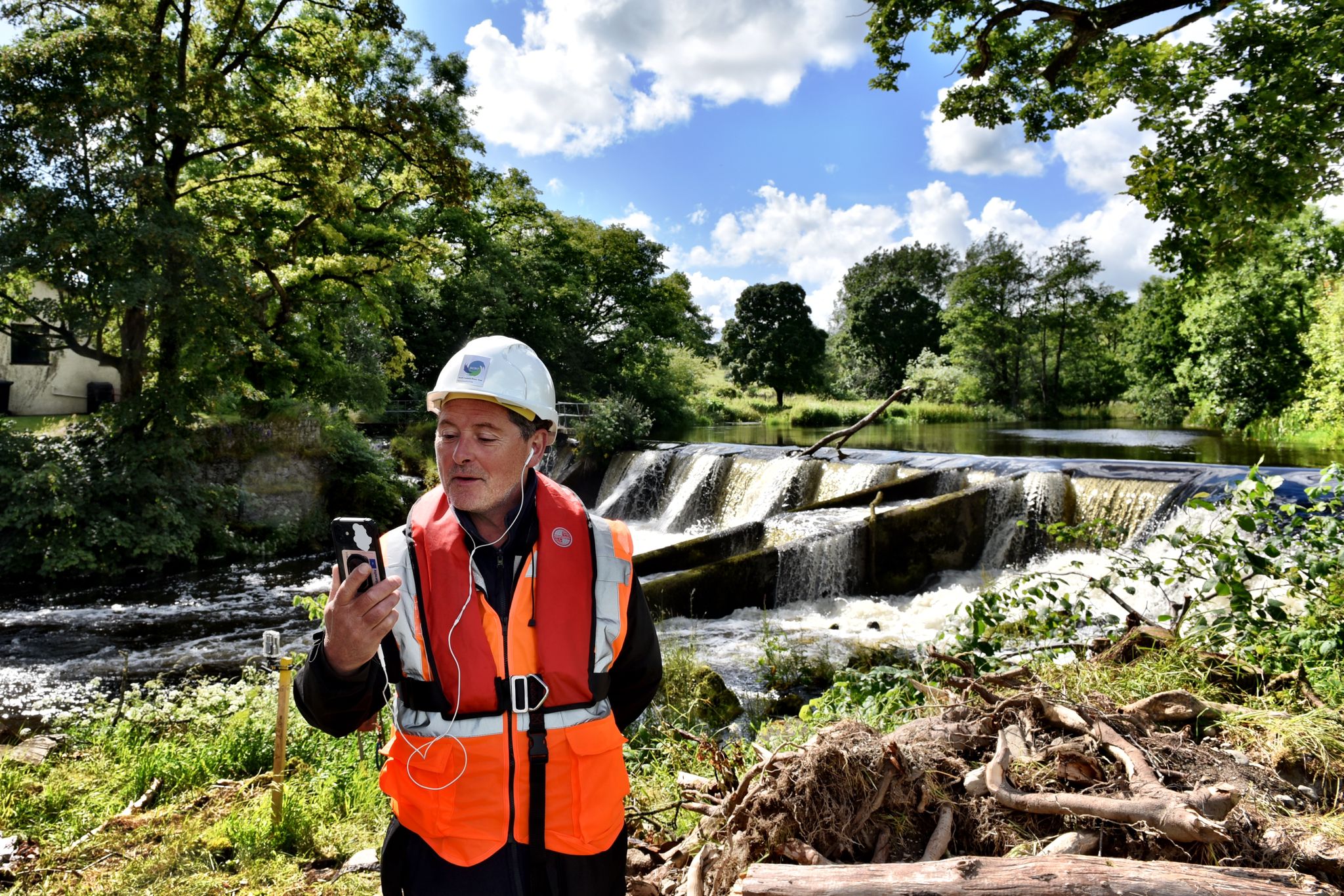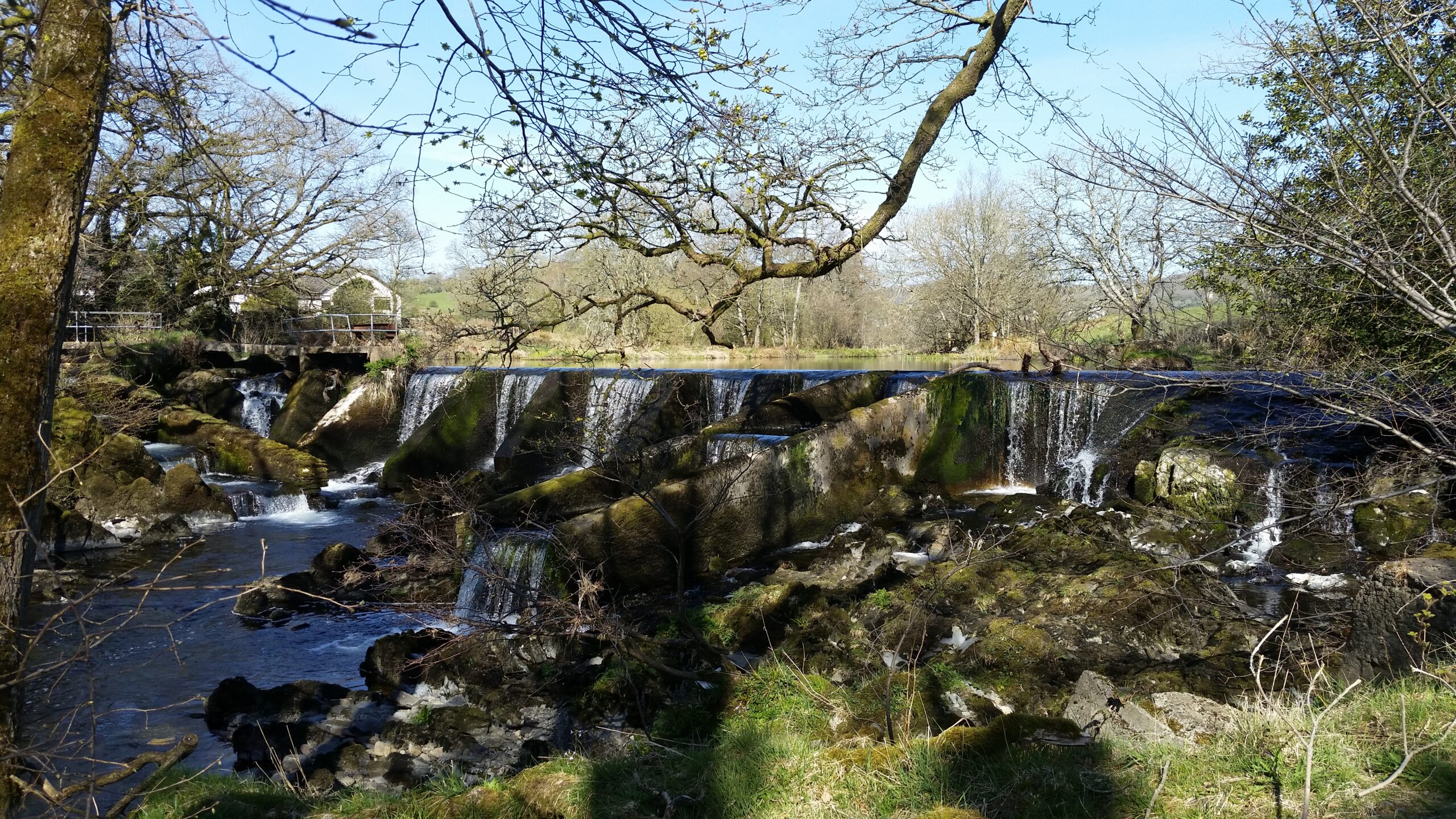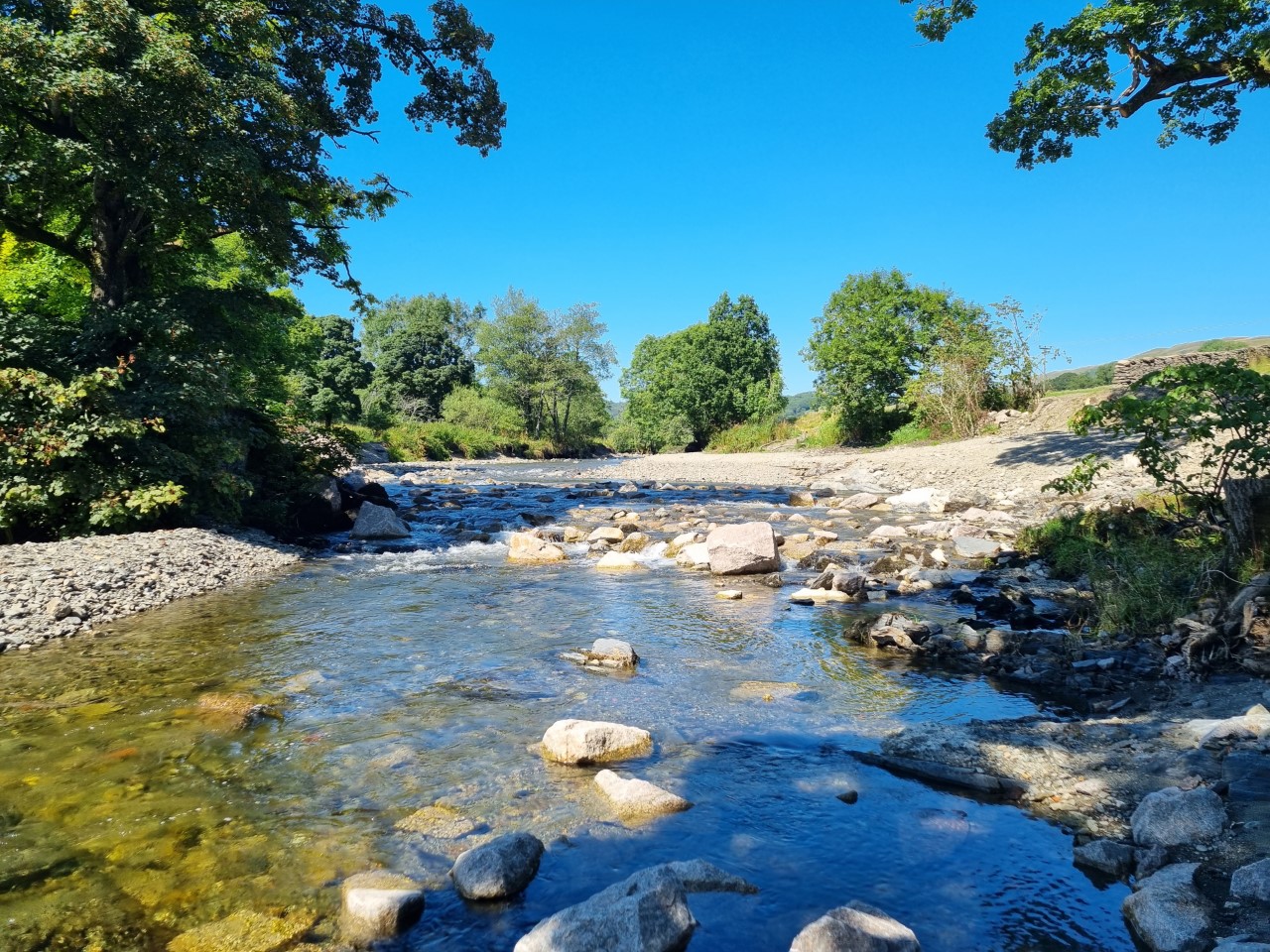Bowston Weir removal – The first step in renaturalizing River Kent
Kent Catchment & River Kent
Kent catchment is located in the county of Cumbria in north-western England and includes River Kent and its tributaries, rivers Gowan, Mint, Sprint, Gilpin and Winster (Fig. 1). It comprises a catchment area of 550 km2 and has a glacial origin. Historically, provided water to many mills, as well as mining and other industries, while nowadays faces numerous issues, like flooding, pollution, physical alterations and invasive species.



